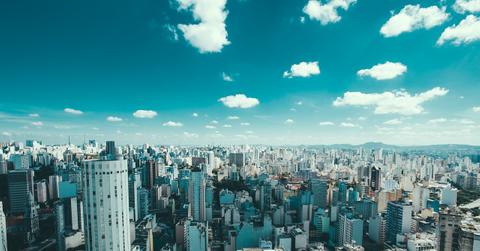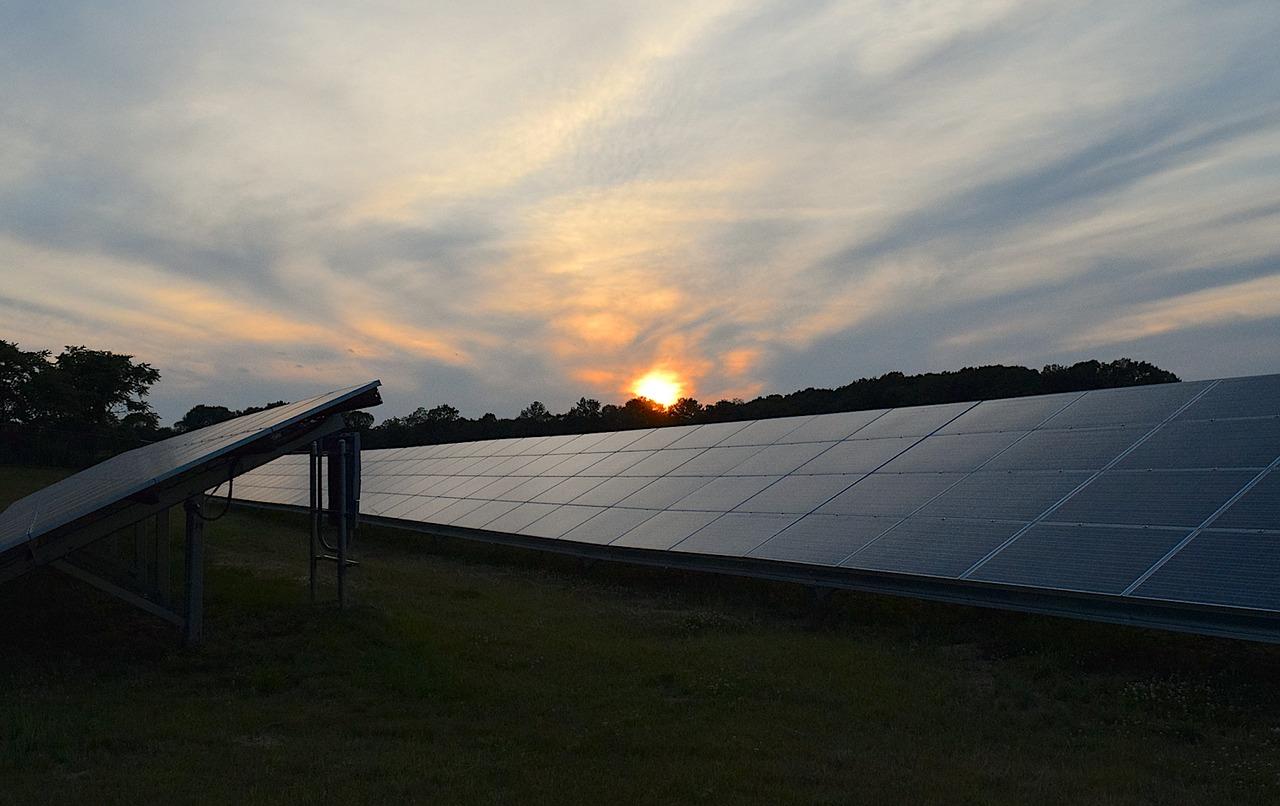Brazil's Ambitious New 10-Year Energy Expansion Plan Focuses On Solar Power
Despite Brazil dealing with government turnover after a massive scandal, they were finally able to release a draft of their Energy Expansion Plan that is expected to add over 13 gigawatts of solar power capacity in the country.
Updated May 24 2019, 2:34 a.m. ET
Like other countries around the world taking strides to become more sustainable, Brazil also wants to step their game up and become a major player in the international renewable energy market. The country's energy agency, EPE, along with the Ministry of Mines and Energy (MME), recently unveiled a draft of their 10-year Energy Expansion Plan. The ambitious plan focuses on increasing the country's renewable energy usage and hopes to have at least 13 gigawatts of additional solar energy capacity by the time 2026 rolls around.
The new plan, also known as PDE 2026 (Plano Decenal de Energia), was initially delayed due to ongoing fallout from the scandal with Brazil’s oil group, Petrobras, and the country’s last two presidents. It’s been the major key in the country’s recession and the company has lost billions of dollars. There were changes to personnel in both the EPE and government.
Solar energy will receive a tremendous upgrade over the next 10 years. Brazil currently has 21 megawatts of mass solar capacity, which will turn into one gigawatt by the end of the year. That is expected to jump up over 9.6 gigawatts by 2026. Adding to that is 3.5 gigawatts of distributed generation solar power, which is decentralized energy. This type of energy will be used on-site and won’t be connected to a large-scale electric grid. In all, that will put the solar energy capacity at over 13 gigawatts.
Previous PDE drafts had seven gigawatts of solar capacity by comparison. This new plan nearly doubles it, but Rodrigo Sauaia, president of Brazil’s ABsolar, believes it could be more aggressive. In a PV Tech report, he proposes a goal of 14 gigawatts of mass solar capacity “plus the additional capacity of up to a million distributed generation PV systems.” Sauaia acknowledges public skepticism, but believes it’ll put the country on a right path.
“This would really put Brazil on the map in terms of being one of the strongest emerging markets in the world for solar energy...There was a lot of uncertainty and tension in the air regarding this document, and the results so far seem positive for the solar sector. They are not exactly what the sector expected, but Brazil is also facing a complex macroeconomic scenario, which affects all electricity sources," he said.
Before the plan becomes finalized on August 6th, they’ll be referring to the public to amend the goals. At the moment, the plan considers solar energy costs continuing to come down, meaning they can consistently upgrade their installation expectancy. By 2023, the country is expecting to add nearly two gigawatts of capacity per year. Sauaia is pushing for the annual two-gigawatt goal earlier in the plan.
All non-hydroelectric generation from renewable sources should be around 48 percent by 2026 according to the EPE. Brazil has been less focused on hydro due to below-average rains a few years ago. The plan also expects wind power capacity to be at 28.5 gigawatts in 10 years.

